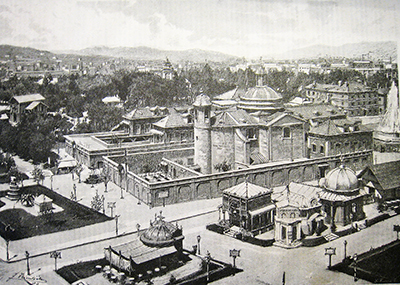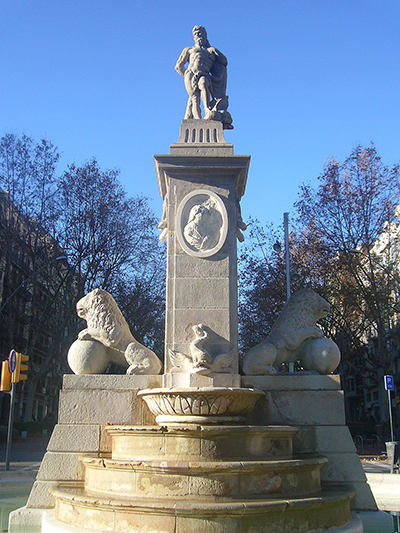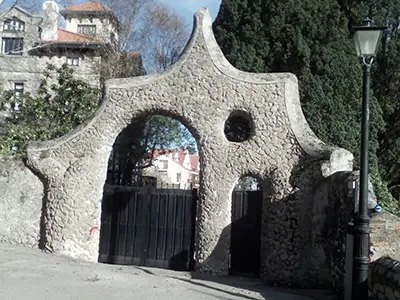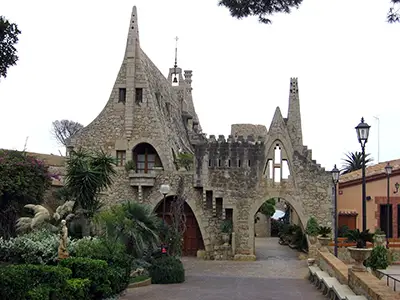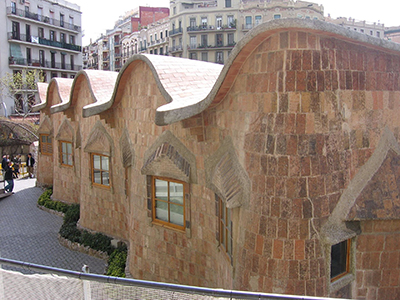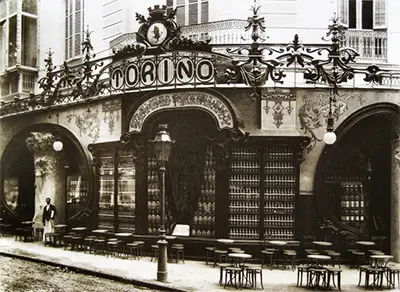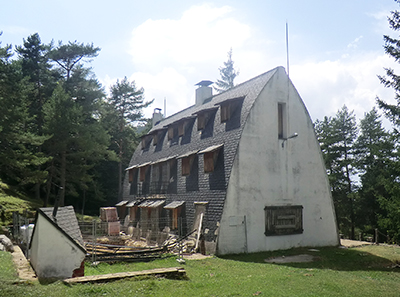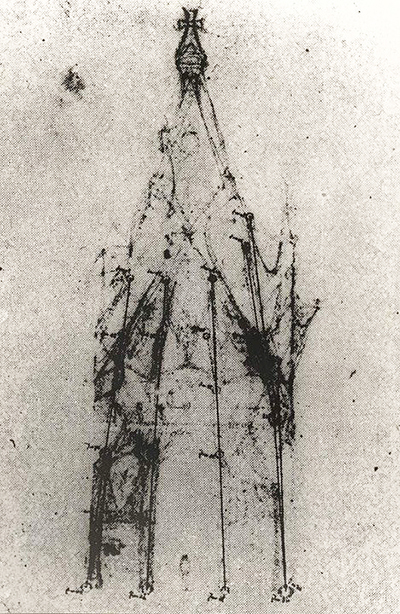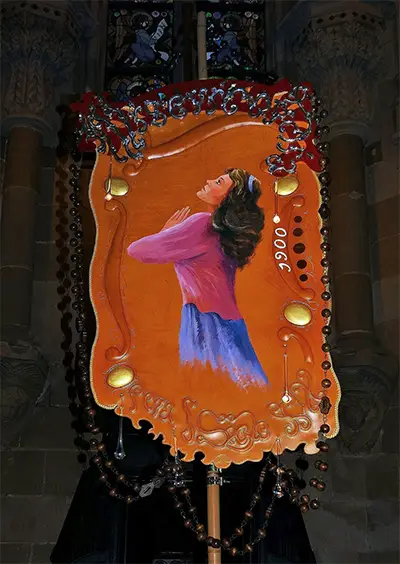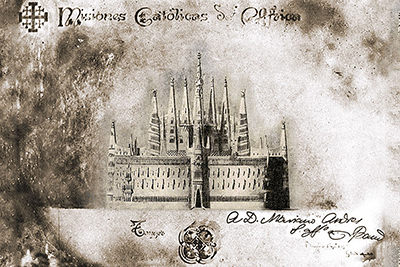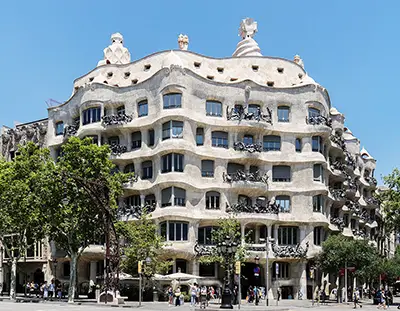 Buy Art Prints Now
Buy Art Prints Nowfrom Amazon
* As an Amazon Associate, and partner with Google Adsense and Ezoic, I earn from qualifying purchases.
The architectural designs of Antoni Gaudi fused together a large number of different influences from right across the world and also included some of the Catalan architect's own discoveries and technical innovations.
His dreamy facades would prove controversial during his own lifetime, but, in reality, his Catalan Modernist style was simply well ahead of its time. Now a century later, his career oeuvre can be viewed from the correct perspective and placed within the context of influential European architects from the last few centuries. Gaudi spent considerable time studying Asian and Islamic architecture in order to truly understand the technicalities of this art form as well as expanding his creative ideas for the final design flourishes that were also typical of his more famous projects. He went far beyond just the building itself, also spending considerable time planning and building the various elements that would fill his majestic constructions, from furniture to interior design. His work on these contents are addressed elsewhere in this website.
To summarise the artistic style of Gaudi, you could argue that he provided a bridge between nature and architecture. He was highly technical but also possessed endless supplies of flair and innovation, partly inspired by his studies of foreign and historic methods. Some of his constructions would resemble natural items such as trees or plants, whilst some of his ceramic touches would remind us of exotic creatures such as lizards. One can only imagine the resistance that came up against the artist when requesting planning permission for some of his projects, particularly in the early stages of his career when he was still working to build up what would eventually become a formidable reputation. Somehow, this creative genius was able to persuade those running the city of Barcelona to run with his ideas, at least in most cases, and the reward for this bravery was the prominence of the city as a centre of culture ever since.
For a long time there was a debate over whether Antoni Gaudi was a genius or indeed just a mere madman. The two categories can often have a number of similarities. When someone produces groudbreaking contributions in any art form, it can take time before their achievements can truly be understood and, indeed, appreciated. As an architecture student he was known for producing the occasional moment of brilliance but was otherwise regarded as inconsistent which seemed likely to tarnish his progress as a professional employee. By university he had fully developed an extraordinary enthusiasm for the architecture discipline that would lead him to study all manner of different historical buildings from right across the world. He had a healthy appetite to learn more and more. By now he was also becoming more confident in his own judgement and from that point onwards would demonstrate a strong will and single-minded attitude towards his own ideas and architectural opinions.



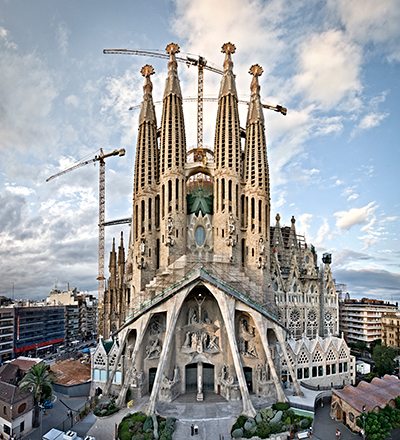
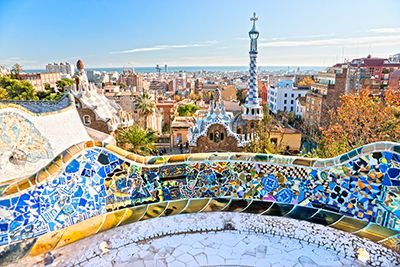
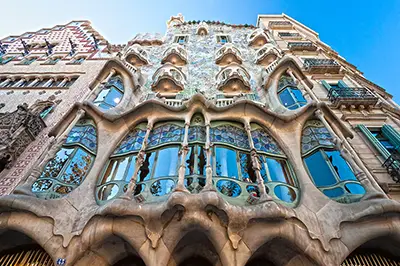
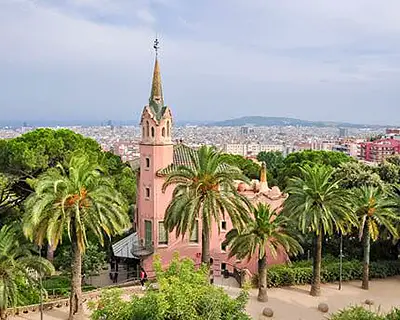
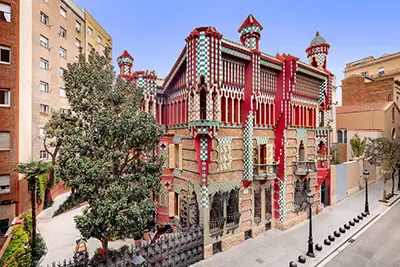
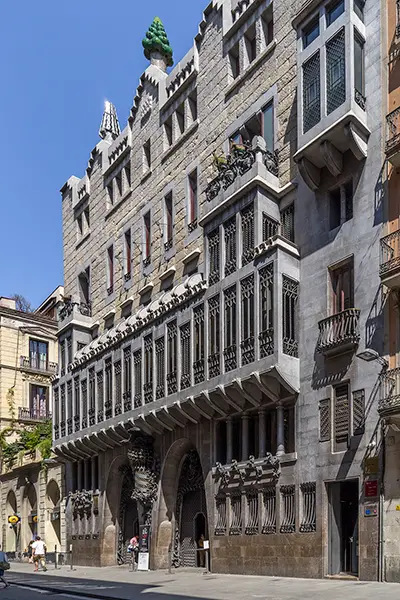
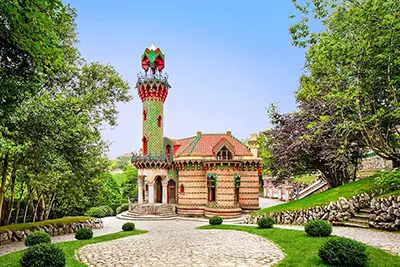
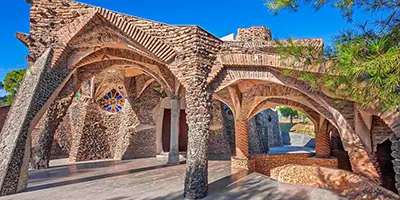
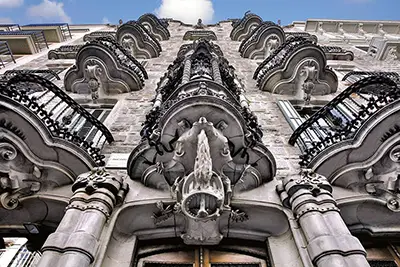
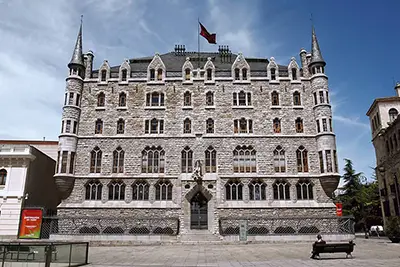
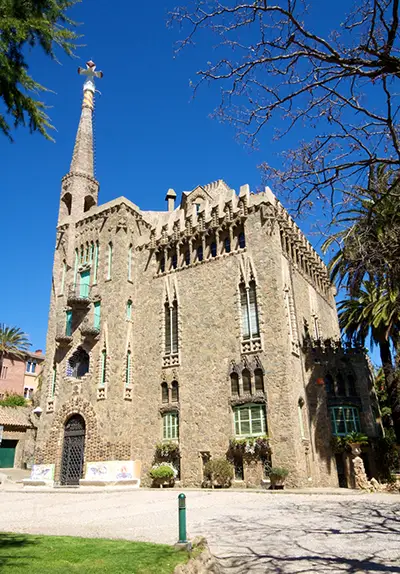
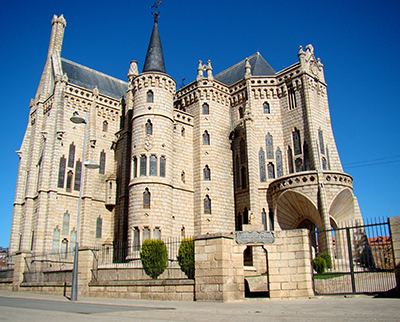
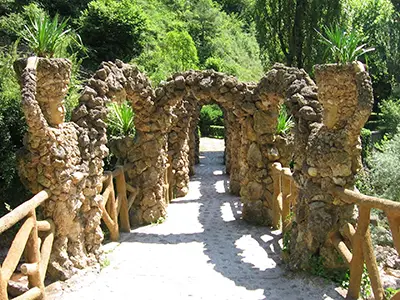
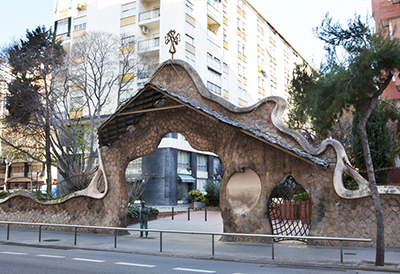
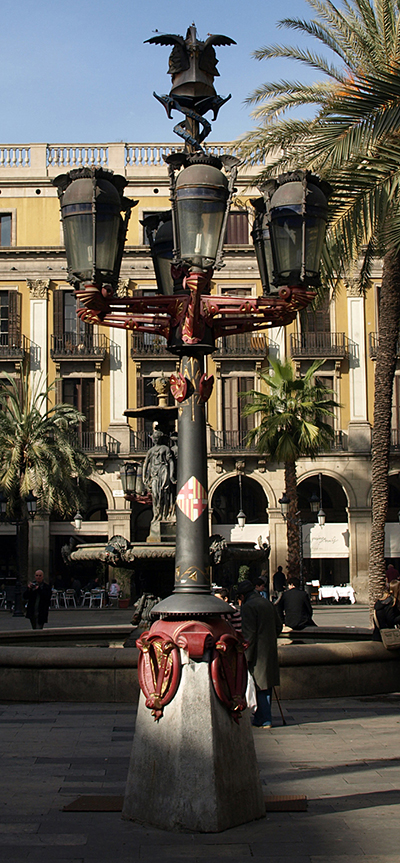
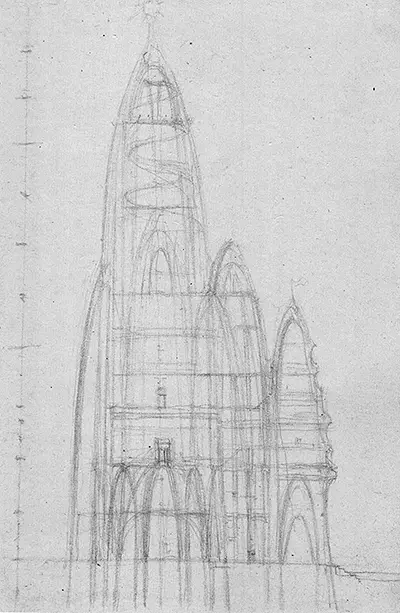
 Antoni Gaudi.jpg)
